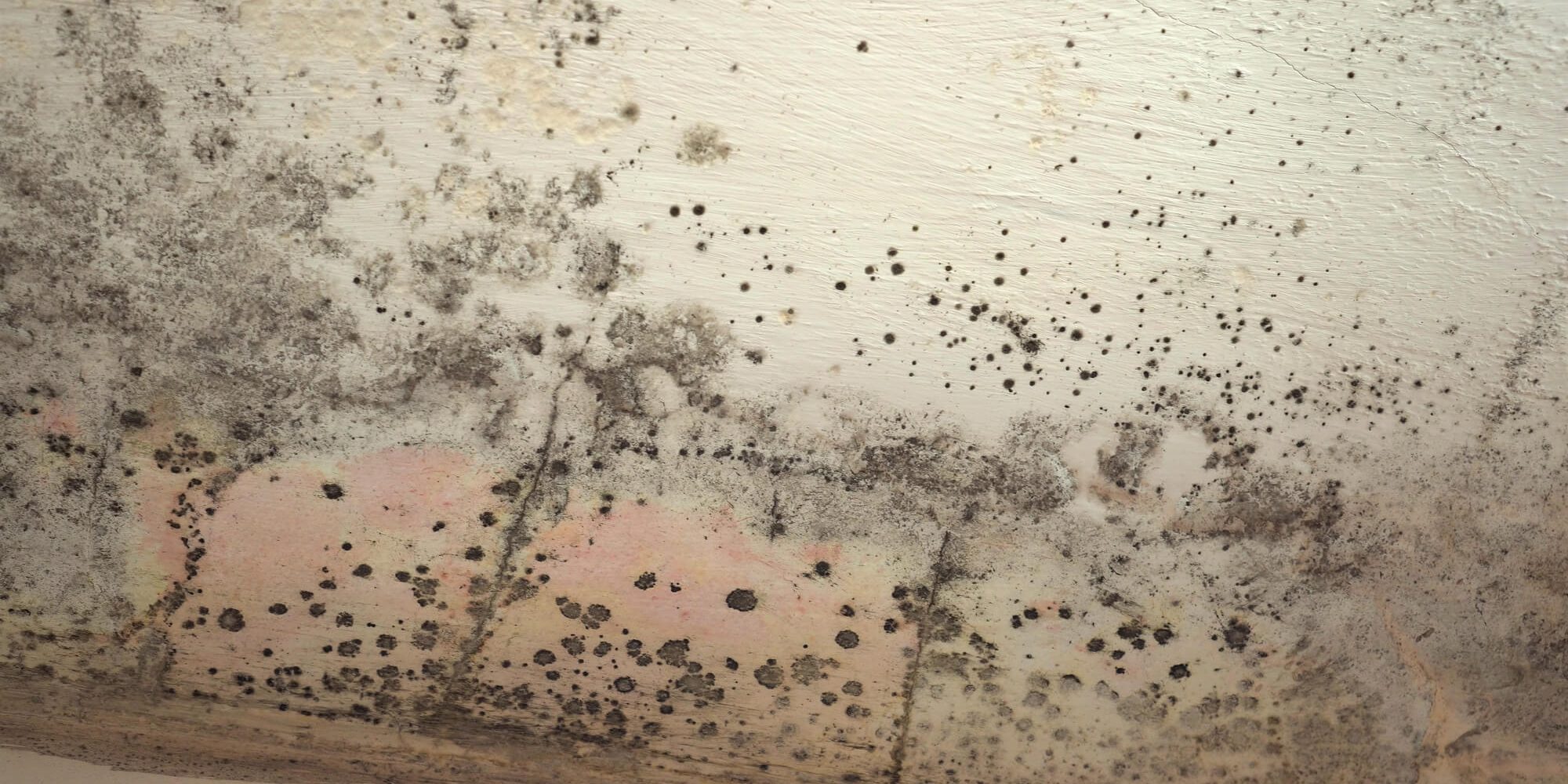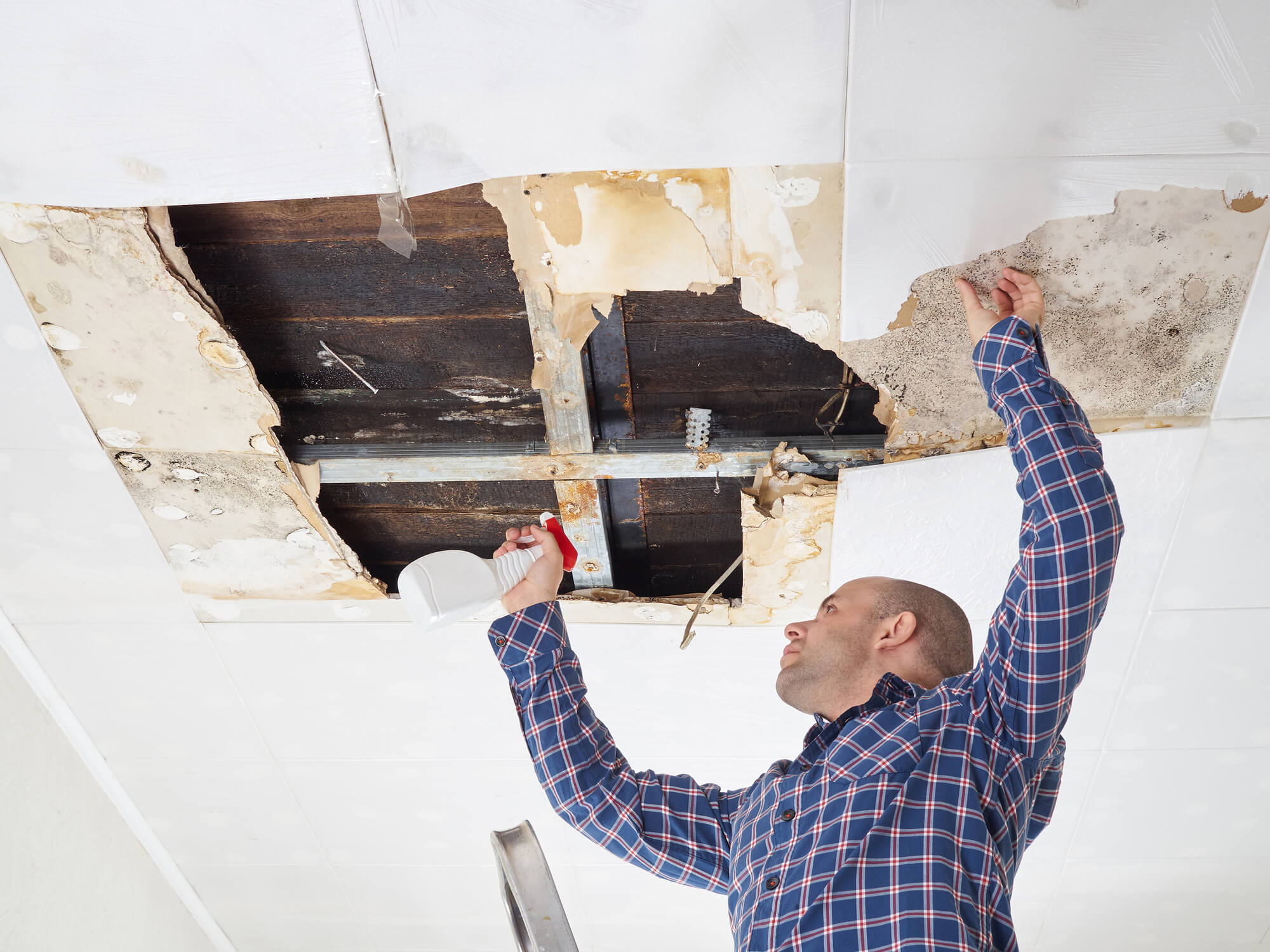The Damp Dilemma: Dealing with Moisture and Humidity in Your Home
Managing moisture and humidity in your home can be a frustrating challenge. Excess moisture not only leads to structural damage but also encourages mold and mildew growth, which can pose health risks to you and your family.
Let’s explore the common causes of moisture and humidity issues, as identified by a property maintenance handyman company, and discuss practical solutions to help you prevent and manage them. Read on to learn how to keep your home dry, safe, and comfortable.
Understanding the Causes of Moisture and Humidity
Poor Ventilation
Insufficient airflow traps excess moisture indoors. Without proper ventilation, moisture from cooking, showering, and daily activities accumulates, leading to high humidity and potential damage.
Leaks and Water Intrusion
Leaky pipes, roof damage, and foundation cracks can allow moisture to seep into your home. If left unchecked, persistent leaks contribute to damp conditions, leading to mold growth and structural deterioration.
Inadequate Insulation
Poor insulation can cause condensation issues, especially in areas with temperature fluctuations. When warm, moist air meets cold surfaces, condensation forms, creating an ideal environment for mold and mildew.
Basement and Crawl Space Concerns
Basements and crawl spaces are particularly prone to moisture problems due to their underground location. Poor drainage, high groundwater levels, and improper sealing can lead to persistent dampness in these areas.
Lifestyle Factors
Everyday habits, such as drying clothes indoors, insufficient bathroom ventilation, and using unvented gas appliances, can contribute to increased indoor humidity. Being mindful of these factors helps control moisture levels.
Solutions to Combat Moisture and Humidity
Improve Ventilation
Open windows, use exhaust fans, and install proper ventilation systems to enhance airflow. Improved ventilation helps remove excess moisture and promotes fresh air circulation, effectively reducing humidity.
Address Leaks and Water Intrusion
Regularly inspect your home for leaks and repair them promptly. Fixing damaged roofs, sealing foundation cracks, and replacing leaking pipes can prevent excess moisture from entering your home.
Upgrade Insulation
Ensure your home is well-insulated, particularly in areas prone to condensation. Proper insulation helps maintain stable indoor temperatures, reducing the likelihood of excess humidity and moisture buildup.
Waterproof Basements and Crawl Spaces
Implement waterproofing techniques such as sealing cracks, installing sump pumps, and improving drainage systems. These measures help prevent moisture accumulation and reduce the risk of damp conditions.
Adopt Healthy Living Practices
Make small lifestyle changes, such as using exhaust fans in bathrooms, venting gas appliances properly, and minimizing indoor drying of clothes. These simple adjustments can help maintain optimal humidity levels.
Need Help From a Property Maintenance Handyman Company?
If you’re dealing with persistent moisture and humidity problems, seeking professional assistance is the best way to protect your home.
Property Stewards offer expert property management solutions, including moisture control and prevention strategies. Our skilled team can assess your home, provide tailored advice, and implement effective solutions to address your specific needs. Contact us today to learn more.

























